On February 15, 2017, ISRO created history by launching 104 satellites in one go, using the Polar Satellite Launch Vehicle (PSLV). Well, as numbers go, it was undoubtedly a record, but the real significance of that feat was the confidence reposed by foreign countries, including the USA, in the capability of ISRO. This success was the result of meticulous planning and flawless execution of the mission by ISRO. PSLV is by no means the most powerful rocket in the world, nor, for that matter, even in ISRO’s armour. Yet, the story of PSLV is, in a sense, the story of rocketry in ISRO which starts with sounding rockets.
Sounding rockets
These are relatively small rockets generally but not exclusively used to probe (that is, to sound) the upper regions of the atmosphere. Usually, they have one or two stages powered by solid propellants and are unguided, with fins providing stability. They go up to specified altitudes and then fall back; during the upward or the downward trajectory they release payloads (e.g., a scientific experiment ) designed by scientists. They are used also to flight-test packages developed for launch vehicles. They cannot be used to orbit satellites.
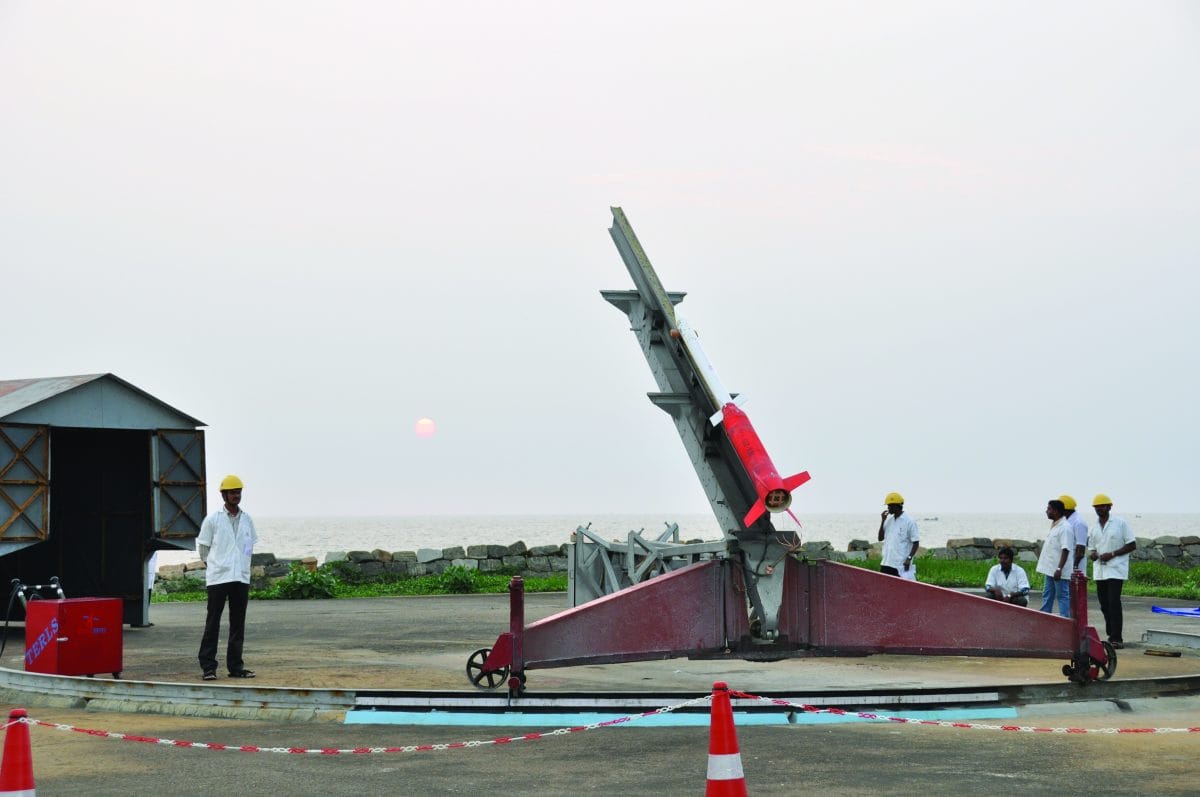
The main features of sounding rockets that appeal to scientists are the simplicity of hardware and low cost. They can be assembled at short notice and, several of them can be launched in a single day. They provide the cheapest means of introducing students to space research.
Payload
The word payload often occurs in this book. For a sounding rocket, the payload is the weight of the scientific or technological package it lifts to a specified height. For a launch vehicle, it is the weight of the satellite (or probe) it injects into a specified orbit. For a satellite, it depends on the mission; for remote sensing or Earth observation satellites the payloads are the imaging systems (cameras) and for a communication satellites, they are transponders needed for telecommunications, TV broadcast, etc. Sometimes a communication satellite (for example,INSAT) may also carry a radiometer that takes pictures of cloud cover. It is worth noting that the payload of a launch vehicle is a small fraction of the lift-off weight of the rocket.
Launch vehicles
In common parlance, ‘rocket science’ connotes something very complex and difficult. This is literally true of launch vehicles, which are rockets that can orbit satellites and send probes to explore planets and interplanetary space. Compared to sounding rockets, they are massive and complex, needing expertise in over a dozen fields of science and engineering.
Unlike sounding rockets, they continuously gain speed necessary to launch satellites into specific orbits. For example, a satellite in an orbit at 600 km altitude must have speed of over 27,000 kilometers per hour. No object near the earth’s surface can travel at those speeds without burning up, just as meteors do in the atmosphere. Even at that speed, the launch vehicle must be controlled delicately to ensure mission success. They carry hundreds of tons of potentially explosive chemicals known as propellants, which means rocketry is a risky business.
SLV-3, the first launch vehicle of ISRO
For all the above reasons, when ISRO successfully launched SLV-3 on 18 July, 1980, the world stood up and took notice. By world standards, SLV-3 was tiny for it could orbit only a 35 kg satellite. Even so, it broke the monopoly of the so-called advanced nations in space technology! With a length of 22 m, at lift-off, SLV-3 weighed about 17 tonnes. APJ Abdul Kalam, the Project
Director of SLV-3, became a household name in the country. SLV-3 was a good learning experience in launch vehicle technology for ISRO.
The Augmented Satellite Launch Vehicle (ASLV)
Everyone knew that SLV-3 was not a vehicle for orbiting operational satellites. For that, ISRO had set its sights on the PSLV, the Polar Satellite Launch Vehicle, with the capability of orbiting a 1000-kg satellite into sun-synchronous orbit. (This is an orbit in which the satellite crosses the equator at a fixed local time—a feature that is useful in remote sensing). But the technological jump, including the scaling up from SLV-3 to PSLV was too big to be comfortable for a fledgeling space programme.
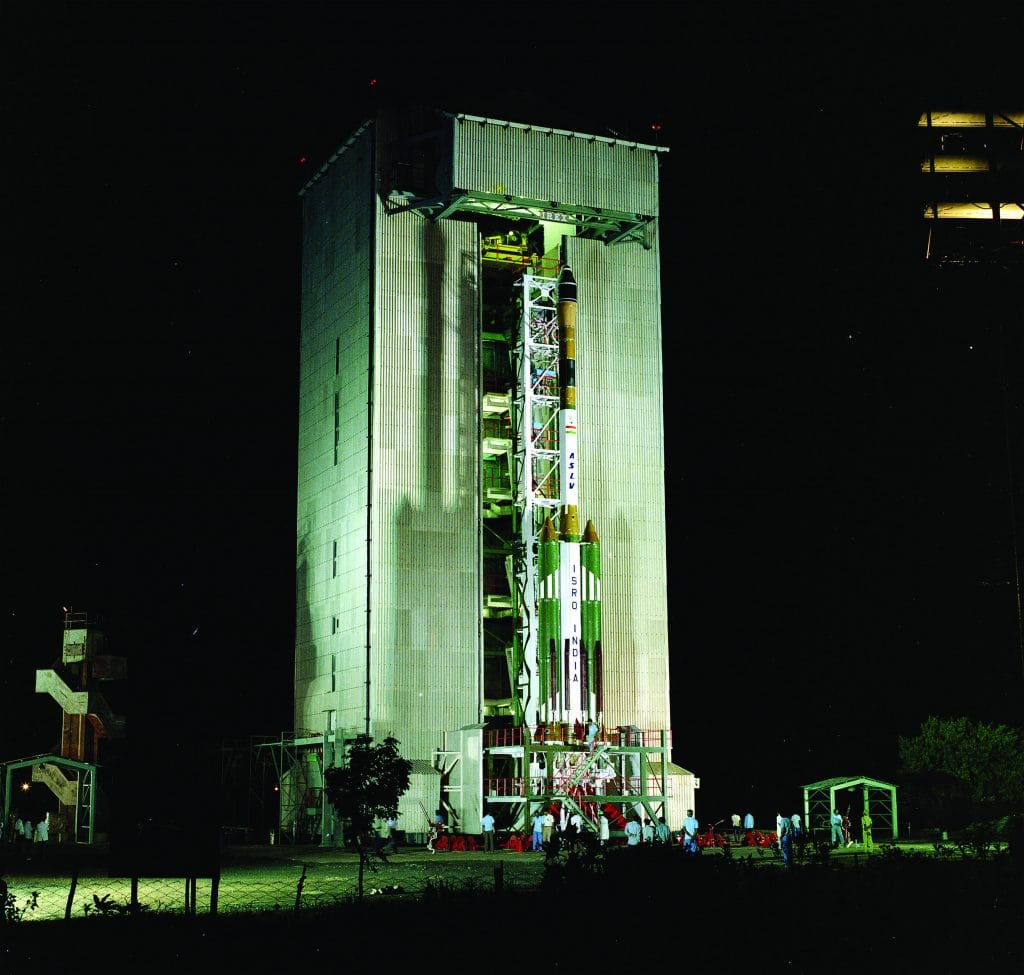
Enter ALSV, the Augmented Satellite Launch Vehicle, which ISRO conceived as a technological bridge between SLV- 3 and PSLV. By just adding two strapons (side rockets) to SLV-3, each with the same propulsive power of as that of the first stage of SLV-3, it was thought the satellite weight could be trebled. And quite a few new technologies like the closed loop guidance (which would insure precision insertion of satellite into orbit), bulbous heat shield ( which would accommodate bigger satellites), could also be proven before their eventual deployment in PSLV.
The third flight of ASLV on May 22, 1992 was successful, validating the lessons learnt through two successive failures. Thus ended the experimental phase of launch vehicle development in ISRO. Next, of course, was the operational phase.
Polar Satellite Launch Vehicle (PSLV)
On November 14, 2008, the Moon impact probe with the national tricolour and other scientific instruments detached from the Chandrayaan-1 orbiting spacecraft and, as planned, crash landed on the lunar surface. Befittingly, the day also marked the birth anniversary of Jawaharlal Nehru, the first Prime Minister of India with whose help Vikram Sarabhai and Homi Bhabha launched the Indian space programme in 1963. Later analysis of Chandrayaan-1 data led to discovery of water on Moon.
On September 24, 2014, the Mars Orbiter Mission (MOM), also known as Mangalyaan, inserted the probe into an orbit around Mars. Both these historic events have created a sense of pride in the people of India and PSLV, the rocket responsible for both missions, has become a household name, and once again ISRO has become the darling of India. In 2017, PSLV drew the attention of the world when it orbited 104 satellites in a meticulously planned and executed mission. A world record!
Developed in the 1990s, PSLV has undergone substantial improvements, and both the lunar and Mars mission were launched by its most powerful variant, known as PSLV-XL. In this nomenclature, XL stands for the extended length of strapons, each of which now carried 12.8 tonnes of propellant instead of the original 9 tonnes.
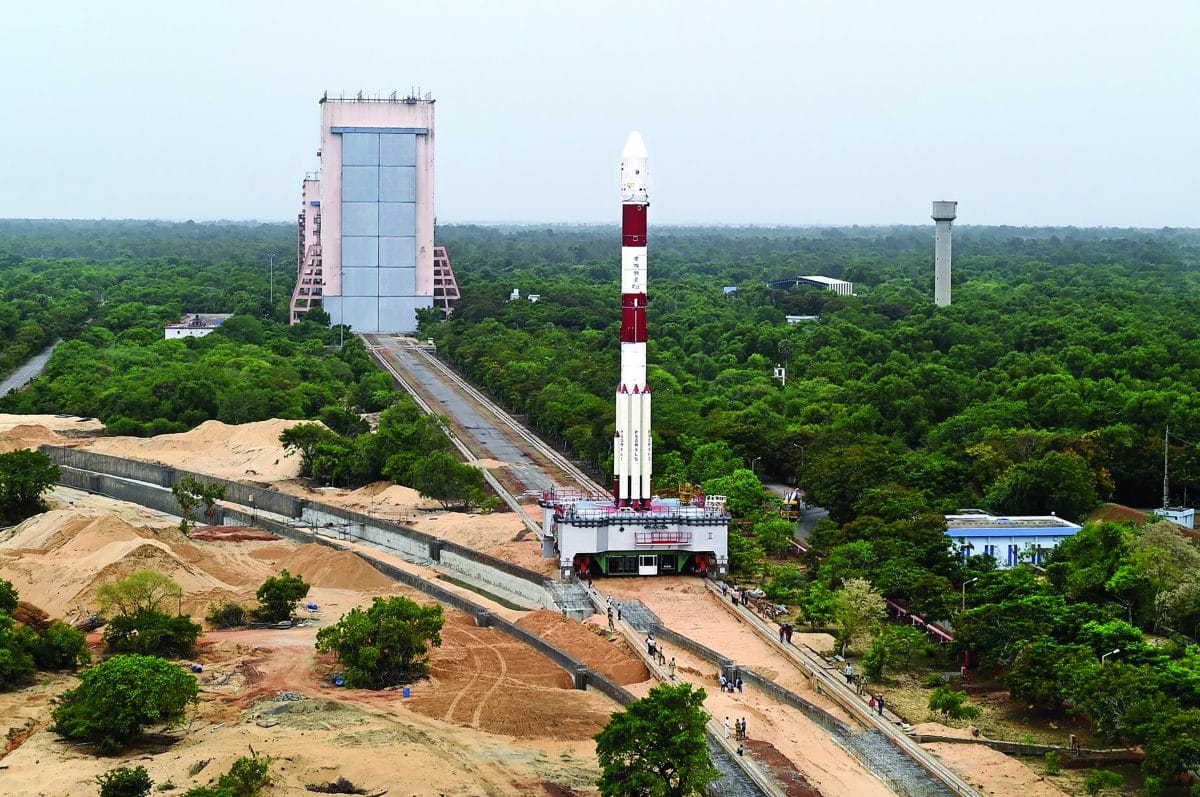
The story of PSLV has two distinct phases: the developmental and operational. Starting from 1982, the development phase lasted till 1995. During this period, three launches were made, of which the first one in 1993 failed due to a software error. After this PSLV has never looked back. The operational phase has seen more than 45 successively successful launches.
Geosynchronous Satellite Launch Vehicle (GSLV)
ISRO was aware of the limitation of PSLV even before its first launch. PSLV lacks the power to launch ISRO’s own communications satellite, weighing 2000 kg or more. So ISRO had to look elsewhere to launch such heavy satellites. To overcome this limitation, a three-stage GSLV (for historical reasons, also referred to as GSLV Mk II) has been conceived.
The first two stages of GSLV have PSLV heritage but the third and final stage has cryogenic propulsion for which ISRO did not have the technology. Cryogenic propulsion uses liquid hydrogen (LH2) as the fuel and liquid oxygen (LOX) as the oxidiser. Now LH2 boils at 20 K (that is, 2530 C below zero) and LOX at 90 K (that is, 1830 C below zero).
These extreme low temperatures (hence the name cryogenic) make it difficult to even produce and handle these propellants. Moreover, LH2 is highly explosive and has low density, which means one has to carry large volumes of it. Yet cryogenic propulsion is used because of its high specific impulse, which is a measure of the efficiency of the propulsion system. The specific impulse (expressed in units of second) of cryogenic propulsion system is 450–460 s as compared with 260–280 s of solid propulsion and 280–320 s of liquid propulsion systems. Even the technologically advanced nations had taken 10–15 years to develop cryogenic propulsion systems.
ISRO adopted a two-pronged approach: first, it indigenously produced the cryo-stage of Russian design and second, it designed and developed a cryo-engine (CE 20) and stage (C 25) of its own design, based on a different principle.
A note on failures
No organisation in the world has mastered rocketry without facing failures. And ISRO is no exception. The first flight of the SLV-3, the first two flights of the ASLV, the first flight of the PSLV and the fourth flight of GSLV had all failed. But every failure has a lesson and the secret of success is to learn that lesson. Benjamin Franklin famously said: “Things that hurt, instruct.” ISRO did learn a lot from all failures.
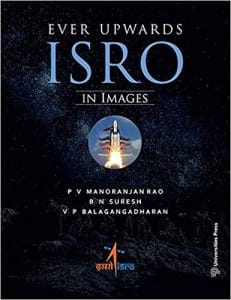 This excerpt from P.V. Manoranjan Rao, B.N. Suresh and V.P. Balagangadharan’s book Ever Upwards: ISRO in Images has been published with permission from Universities Press (India).
This excerpt from P.V. Manoranjan Rao, B.N. Suresh and V.P. Balagangadharan’s book Ever Upwards: ISRO in Images has been published with permission from Universities Press (India).



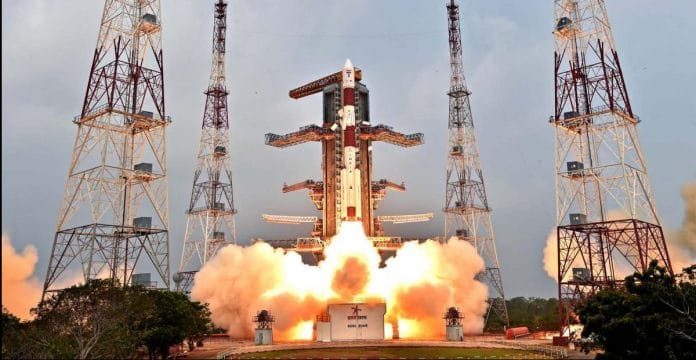



Can someone please explain to me how India is capable of designing and producing moon-landers, but cannot design and produce fighter aircrafts? I am very keen to have an answer to this.
Because ISRO is competent and efficient but DRDO/HAL is not.